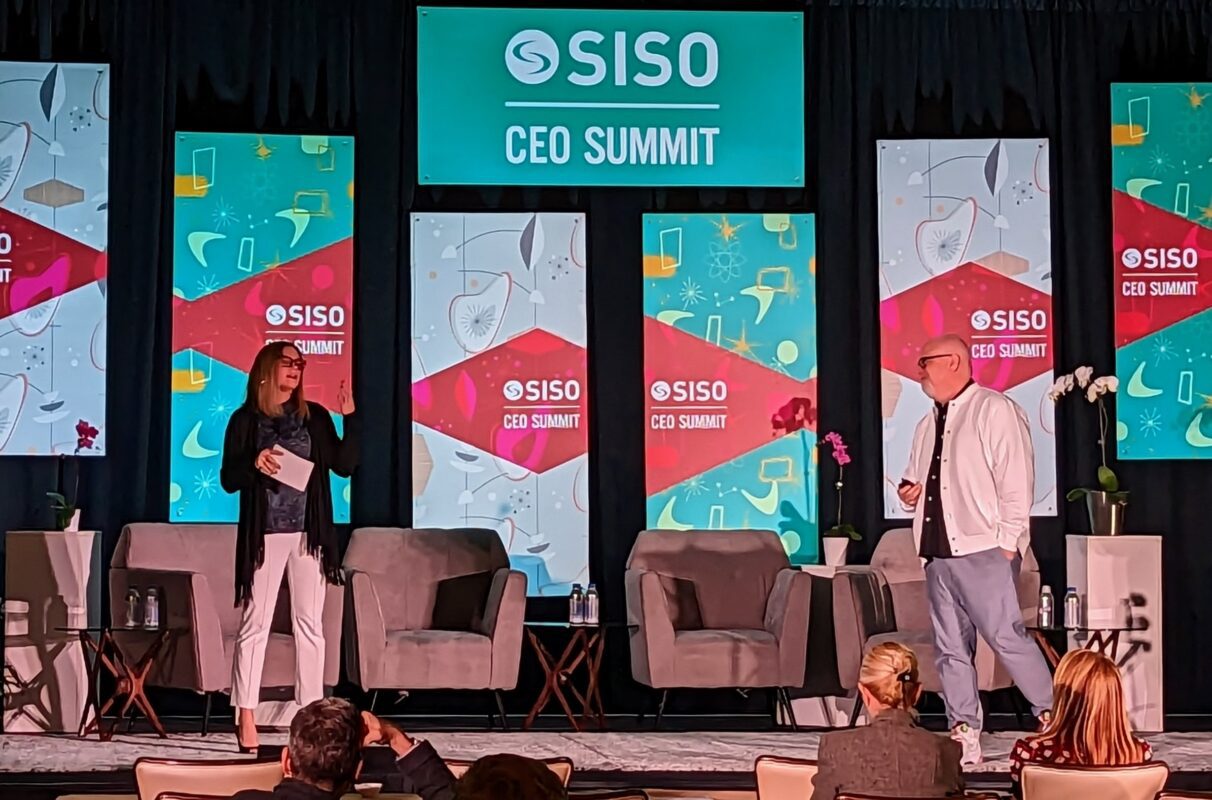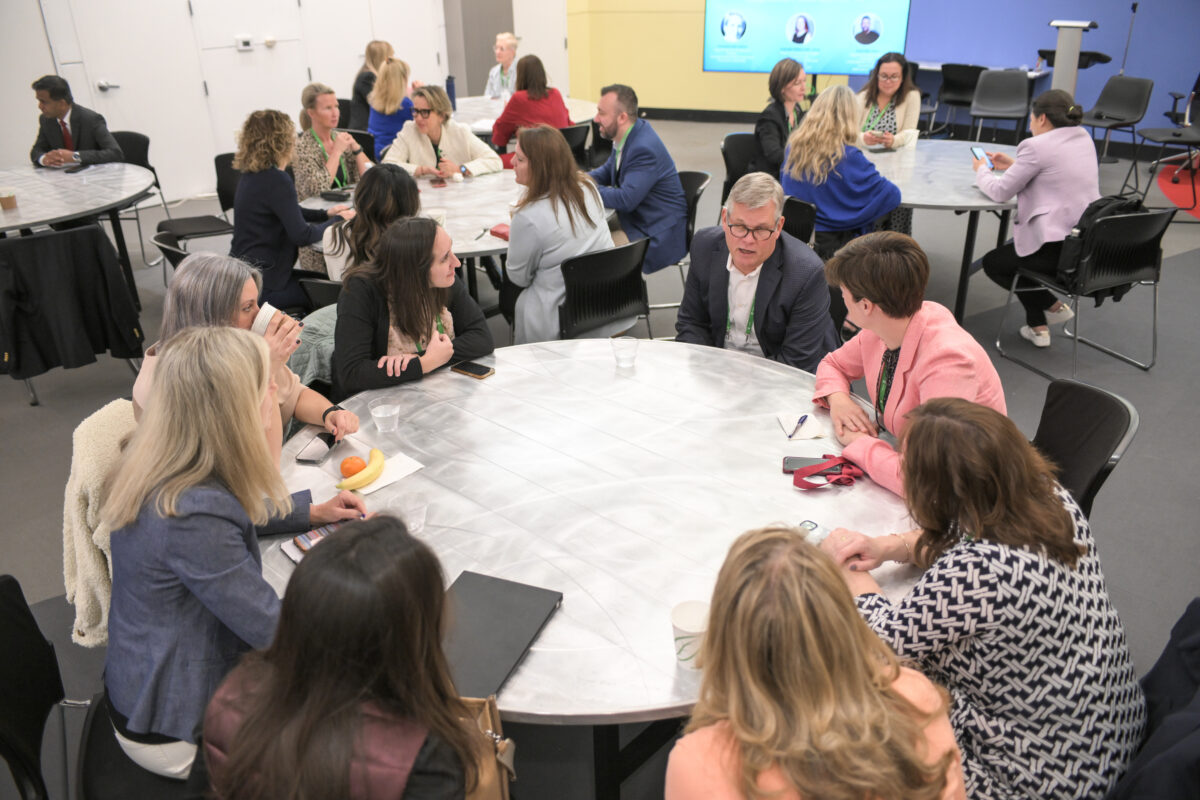Skift Take
Matchmaking is invasive, hands-on is preferred, and size is not a success metric, according to the recent SISO CEO Summit. Event organizers are facing new realities disrupting the industry — and possibly improving it for all.
Independent trade show organizers and C-level executives gathered for the Society of Independent Show Organizers (SISO) CEO Summit in Las Vegas March 20-23 as the industry navigates a recovery, with many events delivering record-breaking numbers, at a time of rapid change.
“Face-to-face has a very strong return on investment, and we’re in a great spot right now because we’re catering to customers who need us to market their products,” said Hervé Sedky, CEO of Emerald. “That’s evidence in the fact that they’re coming back much stronger than many of us forecasted.”
At the same time, organizers face rising costs and changing customer expectations, among other pressures, forcing them to develop a new playbook and, in some cases, reimagine their events completely to deliver value. Here is what is top of mind for them right now.
Time is Critical
Customers expect an efficient experience that helps them make the best use of their time and physical presence and consider it a crucial part of their success when coming to an event.
“I think all of us are working towards a more curated experience,” said Nancy Walsh, president of North America, Informa Markets. “They’re looking to discover products and have meaningful conversations, not be wandering around trying to find the right person.”
One of the ways to achieve that is to lean into new technologies, Walsh noted. “The platforms that allow for discovering in advance, wayfinding, connecting people, streaming services — all of that enhances the experience and will give us pricing power, which is also super important given what’s going on with inflation and the way the costs are rising.”
Creating a more efficient discovery experience can also deliver value beyond the event, supporting its sustainable growth. For example, Informa’s Natural Products Expo West 2023 has just rolled out a new Beacon Discovery platform that helps retailers quickly find products that align with their values and extends the opportunity for connection beyond the expo floor, nurturing the community around the event.
Less Space, More Experience
Many business-to-business events traditionally measure growth by square footage, but that’s not what Money 20/20 USA, a fintech industry event, did. Instead, it monetizes only about 35 percent of its show floor with exhibits and relies on immersive experiences and activations to deliver value.
“The only reason I count it is to determine the ratio of net square footage that we’re using in that hall for exhibit space vs. content vs. food and beverage experience vs. meeting space,” said Denise Medved, senior vice president of Money 20/20 USA.
This high level of creativity and risk-taking delivers next-level event experience, Medved emphasized. For example, at the show’s event in Amsterdam, the content stage was dubbed Sex, Drugs, and Rock’n Roll and was built as a dive bar, complete with a pool table, specialty cocktails, and live music. For the learning sessions, the speakers would sit on bar stools and have a conversation that felt intimate and engaging to the audience. Although this might be too provocative for some organizations, delivering innovative and unique experiences is critical, Medved noted.
Appealing to Diverse, Younger Event Goers
Massive, hard-to-navigate space with attendees from hundreds of countries can also be a turnoff for the much-coveted demographic of Next Gen Event Goers between 20 and 44 years old, according to Ken Holsinger, senior vice president of strategy at Freeman.
“They want exclusivity,” he said, presenting the company’s new trend report findings. “I know we have to balance our business models, but perhaps we’re sabotaging ourselves by talking about the millions of square feet. Attendees see it as confusing, overwhelming schedules, and sometimes, as a safety hazard.”
On the upside, Holsinger noted that the more time they spend on their screens and working remotely, the more time they want to spend at in-person events, which is an opportunity that organizers can’t ignore.
NGEG’s top reasons for coming to in-person events include discovering new products and connecting with clients and colleagues but “matchmaking,” a legacy term for finding the right connections, “might come across as creepy.”
Holsinger urged organizers to optimize their event for activities that can only be done in person, such as hands-on learning experiences and interaction with industry experts. “The only thing lower than their desire for celebrity speakers at your event is an award ceremony,” he said.
The promise of augmented reality (AR), artificial intelligence (AI), and blockchain are all emerging as foundational elements to solve the challenges of navigating content, networking, and wayfinding. Holsinger pointed to consumer-facing environments like festivals, sporting events, and retail, embracing them to uplevel their experiences. With new tech partnerships in the works, events might get more attractive for NGEGs, and more compelling for us all.





